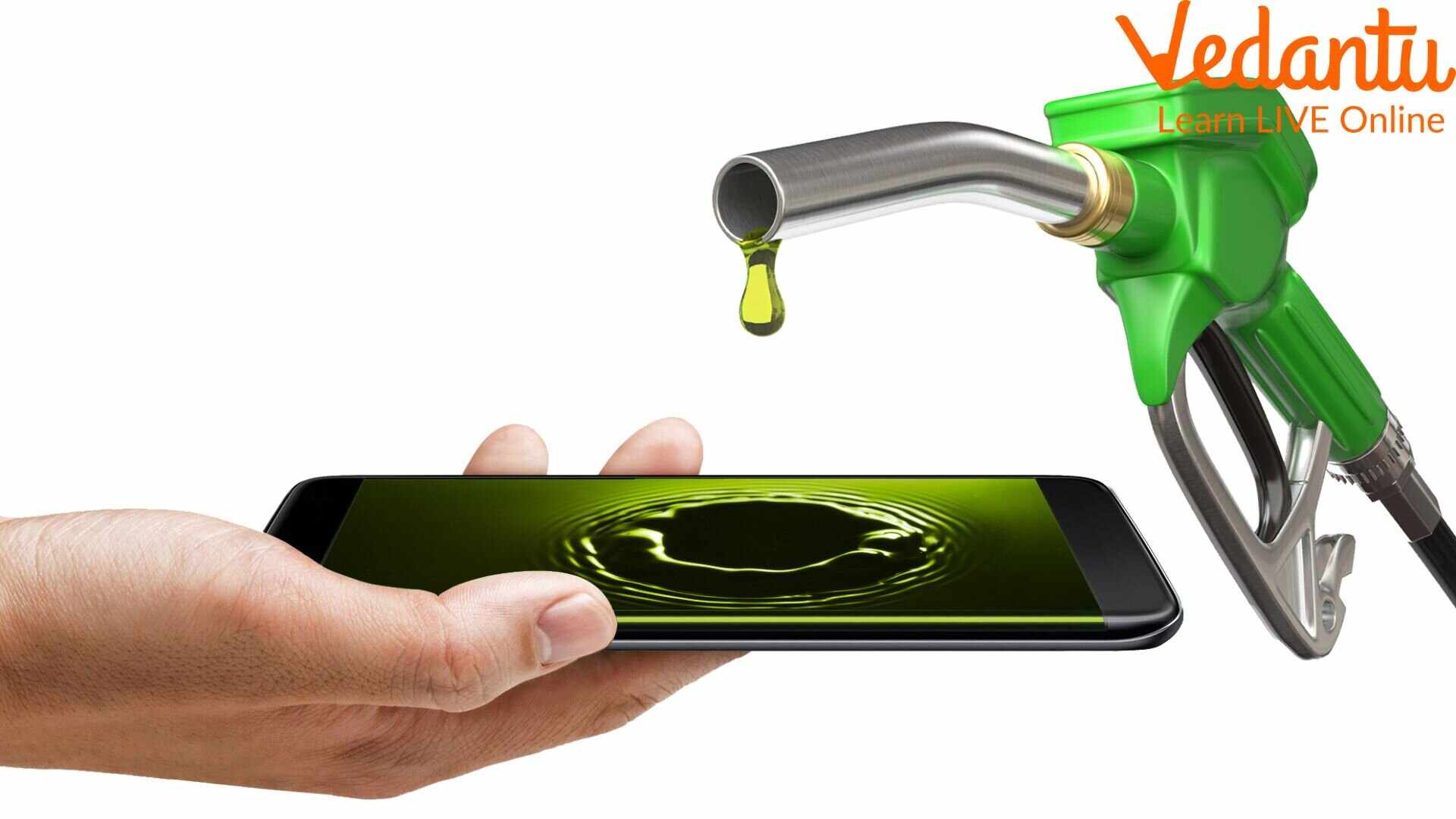What is Liquid Gold: The Formation of Petroleum
What is common in a road, a plastic bag, a candle, vaseline, and school shoes? All these products are manufactured using materials derived from crude petroleum. Amazing! Isn’t it? How do we find such products? What is the way to extract such items? Are these substances found in crude oil?
All the answers to these questions can be easily found if we study what crude oil is. This is a type of fossil fuel stocked deep under the earth’s crust. It is extracted and passed through various processes of refining. In this article, we will study the formation of petroleum and other related by-products.
What is Crude Oil?
As the name suggests, the fossil fuel extracted from the mines underneath the seabed or the land is called crude oil. It is blackish brown in colour and is not pure. Crude oil is pumped out of the oil mines and then refined to form petrol and diesel. Crude oil is the prime source of fuel to run our various means of transport. They are burnt in combustion engines to produce energy to run cars, buses, trucks, boats, ships, aeroplanes, etc.
Crude Oil Historical Chart
This is a very recent discovery when compared to the use of coal. Archaeologists have found evidence that proves that coal has been used since our ancestors lived in caves. They used it for drawing on the cave walls. The use of coal as an energy source dates back to 3000 years ago. Persians, Chinese, and Romans used coal for generating heat and to make other usable items.
Crude oil, on the other hand, turned out to be a more efficient source of energy than coal in the 1900s. The first commercial oil well dates back to the early 20th Century in Persia (modern Iran). Previously, oil was mined in China. In fact, the oil wells date before 347 AD. Back then, crude oil was mined using bamboo rigs and used for evaporating brine to produce salts. In the 10th Century, oil pipelines were made to connect the salt springs with oil mines for better production. This is the oldest known history of petroleum.
People found that crude oil is better to run engines when its combustion is controlled. The advent of the First World War (1914 - 1918) made us understand the importance of petroleum. We realised how important oil can be to run a country.
Since then, countries have been fighting and striving to get hold of oil mines. The occurrence of the Second World War (1939 - 1945) made us understand that the use of crude oil is not limited to the safety of a country but for its economical development. The use of petroleum began to diversify. The more we progressed, the more we found ways to refine crude oil and use it. The finest form of crude oil used is petroleum.
What is Called Liquid Gold?
Petroleum, in its finest form, has a golden tinge. It is called petrol or liquid gold due to its diverse use in almost all aspects of our modern civilization. Its value in the market is quite high as it runs the engines of our vehicles and machines. Without petrol or diesel, the world would literally slow down and stop.
The name ‘liquid gold’ signifies how important petroleum is for us to survive. This is the prime source of energy we need to run our households and industries. The commercial transport and travel industry entirely depends on this fuel. Raw materials reach particular destinations using petrol as fuel. Thus, its name is appropriate for referring to its modern-day uses.

Liquid Gold
Process of Formation of Petroleum
Crude oil or petroleum is formed from the organisms that died and settled under layers of clay and sand on the seabed. Due to huge pressure and lack of oxygen, the remnants of the animals and plants turned into natural gas and petroleum. It took millions of years to form petroleum. We dig these locations and extract the crude oil. We also collect natural gas for various other purposes. This is how petroleum is formed.
Uses of Petroleum
Apart from being used as the leading fuel to run machines and vehicles, crude oil is used for various other reasons.
1. Agriculture
Fertilisers are produced using the by-products of crude oil. Ammonia is produced from petroleum using Haber’s process. It is also used to make pesticides and fertilisers.
2. Dyes, Detergents, etc.
Petroleum distillates contain toluene, xylene, and benzene. These organic compounds are used to make dyes, detergents, and other surfactants.
3. Paints, Plastic, Candles etc.
The by-products of crude oil are also used for making paints, plastic, Styrofoam, candles, etc.
4. Cosmetics
Mineral oil is also used to make the base of cosmetic products such as creams, lipsticks, perfumes, etc.
5. Pharmaceutical Products
One of the major uses of petrol is found in the pharmaceutical industry. The by-products are used to make bases for creams, lotions, suspensions, ointments, etc.
Petroleum and the Modern World
Petroleum has become an intricate part of modern life. Without it, we will not be able to move a step forward. The mines and sources of petroleum are depleting due to heavy use and exploitation. It also causes huge air pollution across the world resulting in global warming.
It is high time that we extract petroleum from natural sources in limited amounts and find other alternatives. Solar energy, as it turns out, is the ideal replacement for fossil fuels. Despite this fact, fossil fuels such as petroleum are still the backbone of our modern civilization.
The transition from petroleum to greener energy is inevitable but the importance of petroleum is undeniable.







